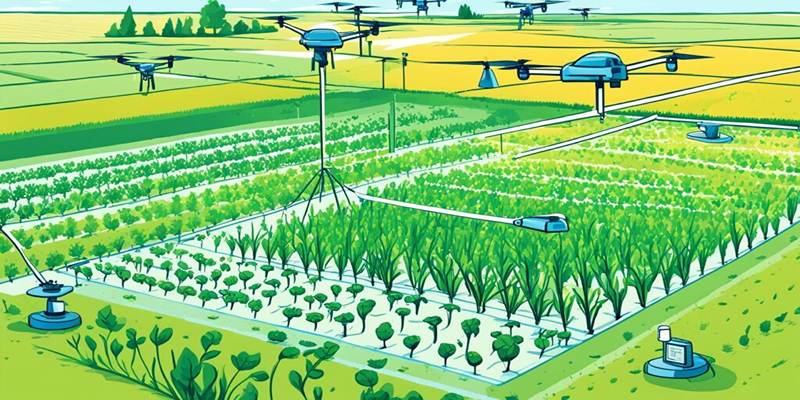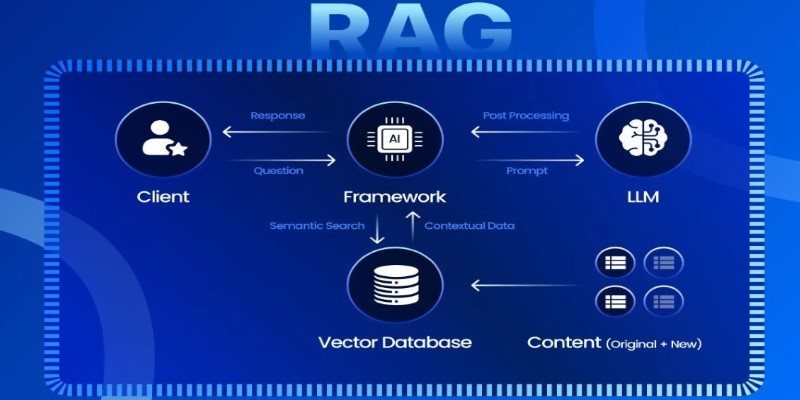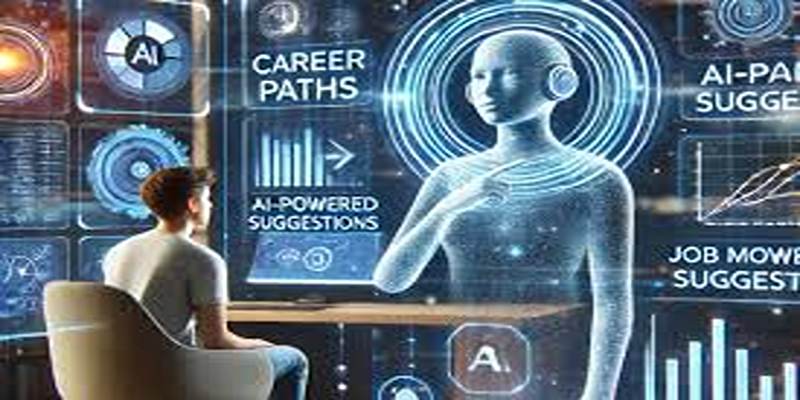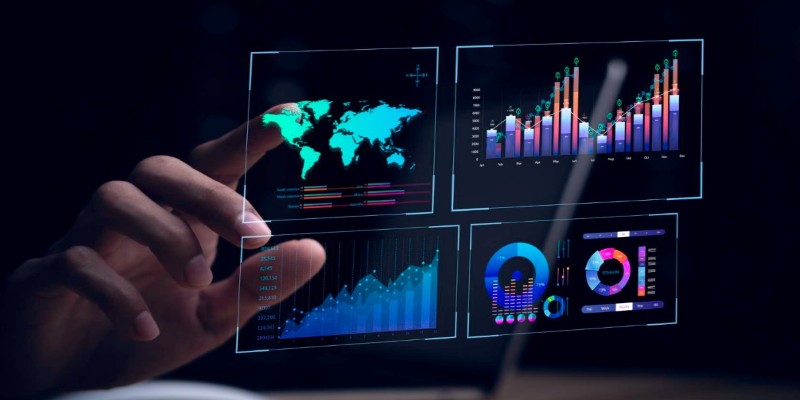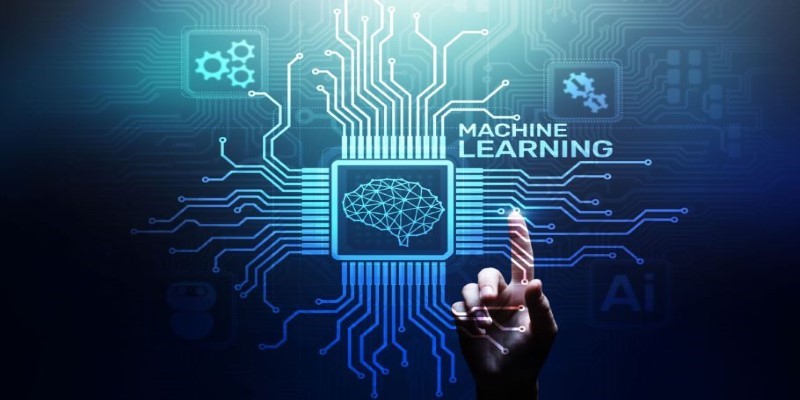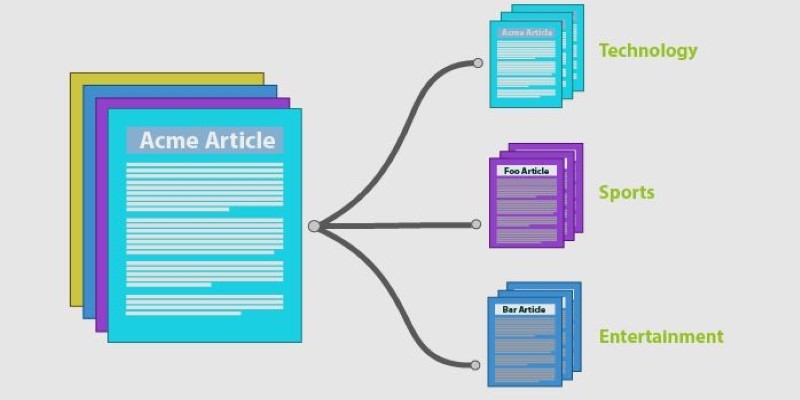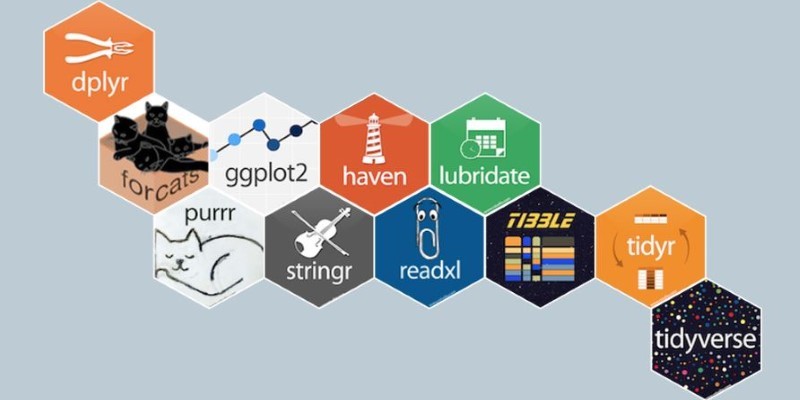So, you’ve heard the term clustering tossed around in tech articles, YouTube explainers, or maybe during a late-night rabbit hole session when you were just trying to figure out how to organize your photo library. And now you're wondering—"what even is clustering in machine learning... and should I care?"
Short answer? It’s actually pretty useful. Especially if you're dealing with a ton of data (think: customer info, product listings, behavior logs—yep, that kinda stuff) and you’re trying to find patterns without knowing what you're looking for in advance. That’s where clustering comes in.
Let’s break it down.
What Is Clustering?
Clustering is a type of machine learning. Specifically, it falls under a category called unsupervised learning (fancy word, but hang tight—we’ll unpack that too).
In simple terms: clustering is about grouping data points based on how similar they are. That’s it. That’s the concept.
You're not telling the machine, "Hey, these are cats and those are dogs." You're just throwing a bunch of data at it and saying, “Figure it out.” And the machine goes, “Alright, I think these things here kinda look the same... I’m putting them together.”
So yeah, clustering helps machines discover structure in data. Without human labels. Without categories provided upfront. Just raw info.
What’s "Unsupervised Learning"?
We promised we’d explain that.
In supervised learning, you're training a model using data that already has labels. Like giving the answers to a test during practice. You feed it examples of spam and non-spam emails so it learns to spot spam in the future.
But in unsupervised learning? No labels. No categories. Just data. The model has to find hidden patterns all by itself.
Clustering is one of the biggest tools in this “unsupervised” toolbox.
Why Use Clustering?
Good question.
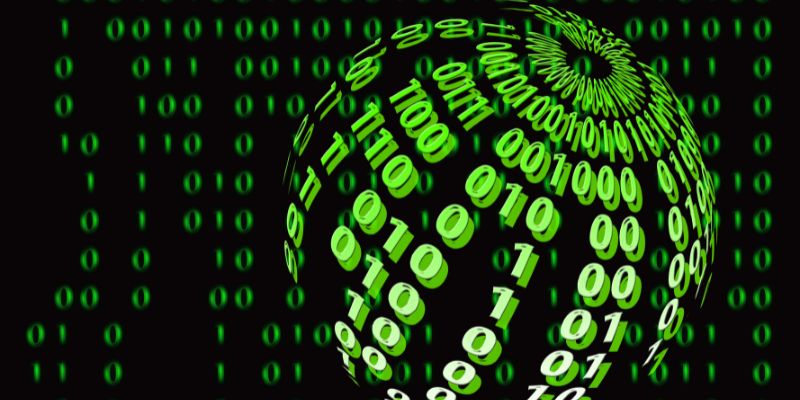
Here’s what makes clustering worth paying attention to (even if you're not planning to become a data scientist):
- It finds structure in messy, unlabeled data
- It reveals patterns we might not even know to look for
- It simplifies decision-making when we’ve got a lot going on
- It can power recommendations, segment customers, clean up data, detect fraud, and more
Basically, it helps us understand large sets of data without needing all the answers upfront.
And let's be honest—who does have all the answers upfront?
How Clustering Actually Works (The Basics)
Alright, let’s talk mechanics. (Don’t worry, we’re not getting too math-heavy. You’re safe.)
Clustering works by looking at how close data points are to each other in a multi-dimensional space. Think of each data point as having coordinates. If two points are close? The model groups them together. If one is way off? It gets grouped somewhere else (or maybe even flagged as an outlier... more on that later).
There are several ways clustering algorithms do this—each has its own flavor, its own rules. Let’s get into the main types.
Types of Clustering Algorithms
1. K-Means Clustering
This one’s probably the most well-known.
You tell the algorithm how many clusters you want (let’s say k = 3), and it divides your data into 3 groups based on similarity. It keeps tweaking the grouping until things stabilize (kind of like rearranging seats at a dinner party until everyone is with their friend circle).
It’s simple, fast, and works well when you kinda know how many groups to expect.
2. Hierarchical Clustering
This method builds a tree-like structure of clusters.
It starts by treating each data point as its own cluster, then merges the closest ones step-by-step, kind of like a family tree going in reverse. (Or the opposite—starting big and breaking it down.)
The result is a visual called a dendrogram, which is great for seeing how clusters relate to each other.
3. DBSCAN
DBSCAN. (also known as… Density-Based Spatial Clustering of Applications with Noise) Yeah, the name’s a lot. But here’s the vibe:
Instead of forcing everything into groups, DBSCAN creates clusters only where there’s enough data density. If a point is too far from any dense area? It’s marked as noise (outlier). No need to tell it how many clusters to make.
Great for messy, real-world data with noise and irregular patterns.
Real-World Use Cases Of Clustering
Okay, theory aside. What can clustering actually do?
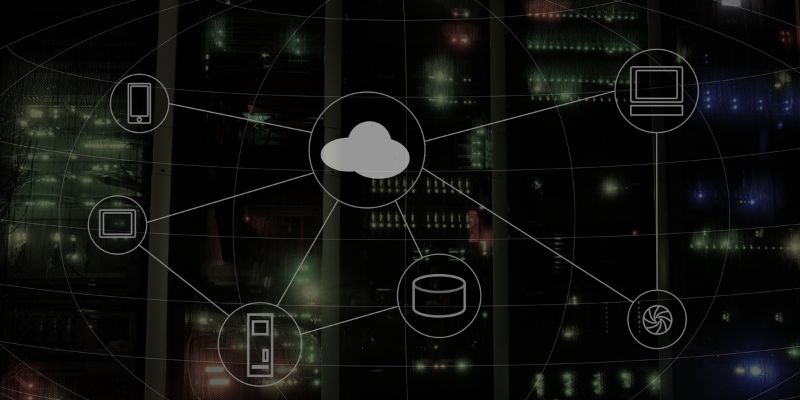
- Customer Segmentation
Marketers use clustering to group customers by behavior.
Who’s buying every week? Who’s only visiting during holiday sales? Who’s window shopping and dipping?
This helps tailor offers, improve retention, and just... understand people better.
- Document or Text Clustering
Clustering helps organize large sets of articles, emails, or support tickets by topics, without needing anyone to manually tag them.
- Image Segmentation
In image processing, clustering can divide parts of an image (like separating the foreground from the background). Useful in computer vision.
- Anomaly Detection
Outliers that don’t fit into any cluster? Those could be mistakes, fraud, or rare events. That’s huge for banks, cybersecurity, and monitoring systems.
- Recommender Systems
Ever wonder how Netflix decides what to suggest next? Clustering helps group users with similar viewing patterns, and then recommends accordingly.
Limitations of Clustering
Clustering isn't perfect. It’s powerful, but there are trade-offs.
- You might need to guess the number of clusters in advance (like with K-means)
- Results can be sensitive to input data... and initial conditions
- Not always great with high-dimensional or sparse data
- Sometimes hard to explain or visualize the results in human terms
Also? Different algorithms might give you different clusters for the same data. So... yeah. It's part science, part art.
Tools That Help With Clustering
If you're curious and want to experiment (we see you), here are a few tools that support clustering:
- Python + scikit-learn: Tons of clustering algorithms built-in
- R: Another popular data language for clustering and analysis
- RapidMiner / Orange: Drag-and-drop platforms with clustering options
- Excel (with plugins): For small-scale experiments
- Tableau / Power BI: For visualizing clustered data
You don’t need to be a coder. But knowing a little scripting (or knowing someone who does) helps unlock more.
How to Know If You’re Using Clustering Right
Here’s the deal: Clustering is exploratory. It helps you discover things. It’s not about right or wrong... it's about insight.
Still, you can check how well your clustering worked using things like:
- Silhouette Score (measures how tightly grouped your clusters are)
- Elbow Method (helps pick the right number of clusters in K-means)
- Domain knowledge (does the grouping actually make sense?)
So yeah, some trial and error is normal. And necessary.
Wrapping It Up (TL;DR Style)
Clustering is one of those lowkey powerful tools in machine learning that helps us make sense of the chaos. It groups things—people, texts, behaviors, events—based on how alike they are.
No labels? No problem. Clustering figures things out based on patterns and proximity. And whether you're trying to better understand your customers or just wrangle some raw data, it’s a go-to method.
It’s used in marketing, search engines, security, healthcare, and probably half the apps on your phone.
And now you know what it is. Not too bad, right?
